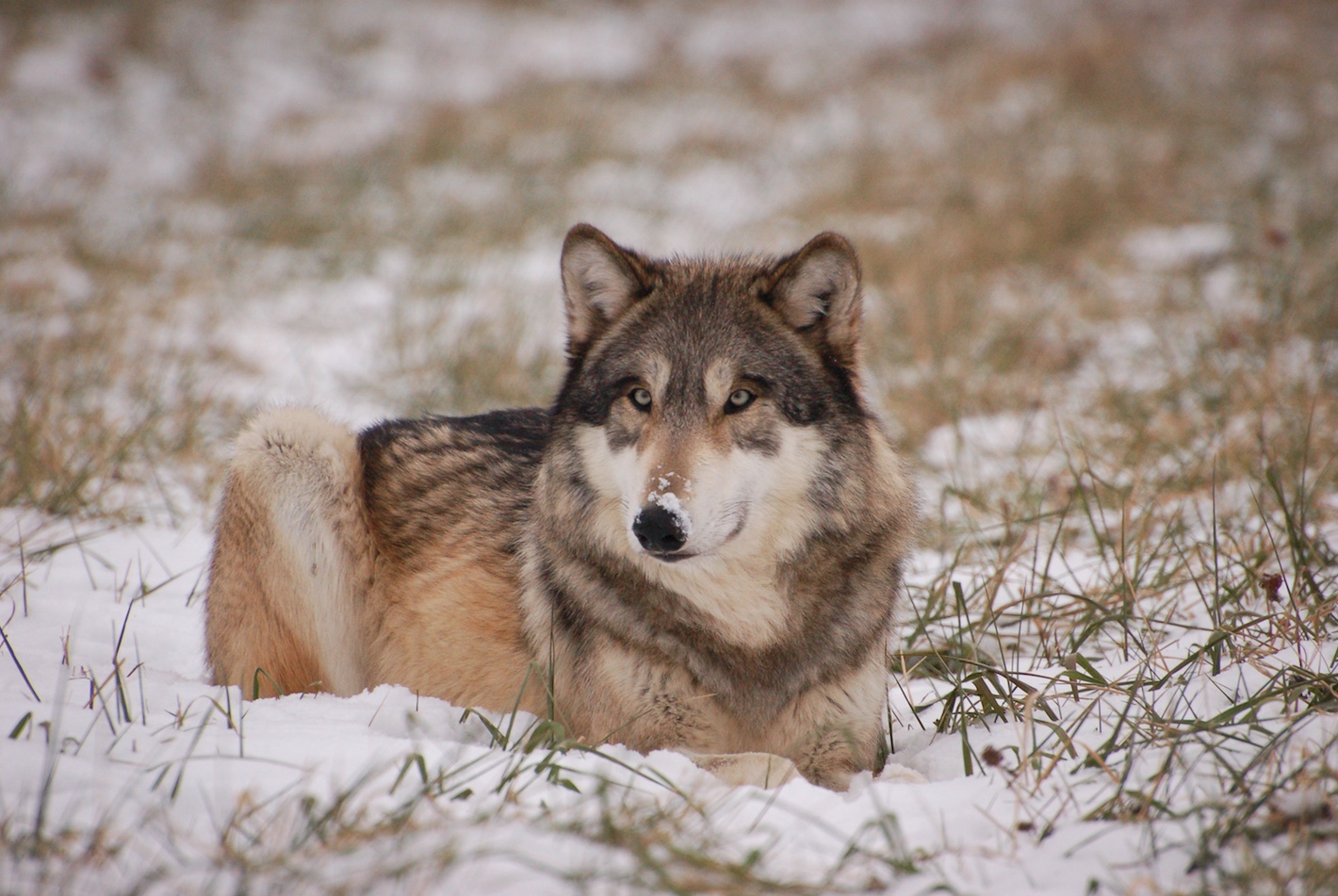
Photo: Sheila Newenham
If you see a wolf, do not run. Do not surprise the wolf. Make noise to ensure that the wolf is aware of your presence. A wolf is not likely to attack a person unless it feels trapped or provoked or if you appear to be prey (which is why you should not run). If you are with a group, gather everyone together if possible and move as a group.
Respect the wolf’s space, and do not approach the animal. If the wolf sees you, stand your ground; look as large as possible by standing up straight and putting your arms up in the air and slowly back away. If possible, go inside a building or get into a vehicle. If a wolf makes contact with you, always try to fight it off. Throw rocks, use sticks. Do not play dead.
Most gray wolves have coats of grizzled gray or brown with lighter fur on the undersides. However, wolves may also have solid coats of black or white. They have bushy tails, narrow chests, long legs, and large feet.
Average Height: 27 to 33 inches at the shoulder
Average Weight: 60 to 130 pounds (adult male); 45 to 80 pounds (adult female)
Average Length: 4½ to 6 feet (including 15 to 20 inch tail)
Wolves are the largest wild canine in Illinois.
Wolf tracks are approximately 4½ to 5 inches in length and 3 to 3½ inches wide. Unlike dog tracks, wolf tracks often appear with the hind track on top of the front track (known as direct registration). The diagram on this page shows the size difference between coyote, dog, and wolf tracks. Keep in mind that dog tracks are highly variable in size.
Visual identification of wolves can be very difficult. Inexperienced observers can easily confuse a coyote for a wolf, especially during the winter, when coyotes have thicker winter coats and thus appear larger. In addition, wolf–dog hybrids and many dog breeds can look nearly identical to wolves. The graphic on this page highlights some of the key features used to distinguish coyotes from wolves.
In Illinois, gray wolves are currently listed as a state endangered species and they are also protected as a federally endangered species. On Oct. 29, 2020, the U.S. Fish and Wildlife Service announced that they would be removing gray wolves from the federal endangered species list for the lower 48 states. The rule was published in the Federal Register on Nov. 3, 2020 and took effect 60 days after that on Jan. 4, 2021. Following a February 10, 2022, court order, gray wolves in the contiguous 48 states, with the exception of the Northern Rocky Mountain population, are once again protected under the Endangered Species Act as threatened in Minnesota and endangered in the remaining states.
Gray wolves have been protected by the Illinois Wildlife Code since 2015. Gray wolves may not be hunted, killed, or harassed for any reason. If you feel that your person or property is being threatened by gray wolves, contact the Illinois Department of Natural Resources (IDNR). The IDNR will work with you to identify the threat and assist you with control measures.
Wolf–dog hybrids have the same legal status as dogs and are not regulated by the IDNR. Wolf–dog hybrids do not make good pets. Although not expressly prohibited, wolf–dog hybrids may be confiscated by local animal control authorities as the rabies vaccines used for dogs are not certified for wolf–dog hybrids. Contact your local animal control agency with questions regarding wolf/dog hybrids.
Gray wolves were eliminated from Illinois before 1860 due to hunting pressure. The IDNR is unaware of any self-sustaining populations or packs currently residing in Illinois, but wolves originating from existing populations in Wisconsin (primarily), Michigan, and Minnesota have been documented moving through or temporarily residing in the state.
To date, there have been 11 confirmed gray wolves in Illinois since 2002. Genetic information available from some of the wolves indicates that they came from the Western Great Lakes Distinct Population Segment—most likely from Wisconsin.
All 11 confirmed wolves were young (6 male, 5 female). Young wolves (3 years old or less) leave their native packs and may travel long distances to try to establish a pack of their own or to join another pack. This is typical wolf behavior. It is likely that a small number of other wolves have passed through Illinois over the last decade on their way to surrounding states. Photos and/or tracks of these animals may exist, but without genetic information it is impossible to confirm whether these animals were truly wild (from Wisconsin) or perhaps were wolf–dog hybrids kept as pets that either escaped or were released intentionally by their owners.
The IDNR is interested in any information the public can provide about possible wolf sightings in Illinois. If you have recently seen a gray wolf in Illinois, please report the sighting to the Illinois Department of Natural Resources. Please include specific location information and send photos or track castings if available.
Reviewable evidence is very helpful during efforts to identify the animal and the location. Please provide any documentation, including original images of individual animals or tracks that you were able to obtain. When documenting tracks or other signs, be sure to photograph individual tracks as well as groups of tracks. Include in the image an object to aid in the determination of size including a ruler, tape measure, or common object of standard size (coin or paper money, business card, etc). Also include images of the wider area where the tracks were found, including the tracks as well as features that can be located if the tracks are destroyed.
An IDNR biologist will review the information provided and attempt to use it to confirm the species and location of the sighting.
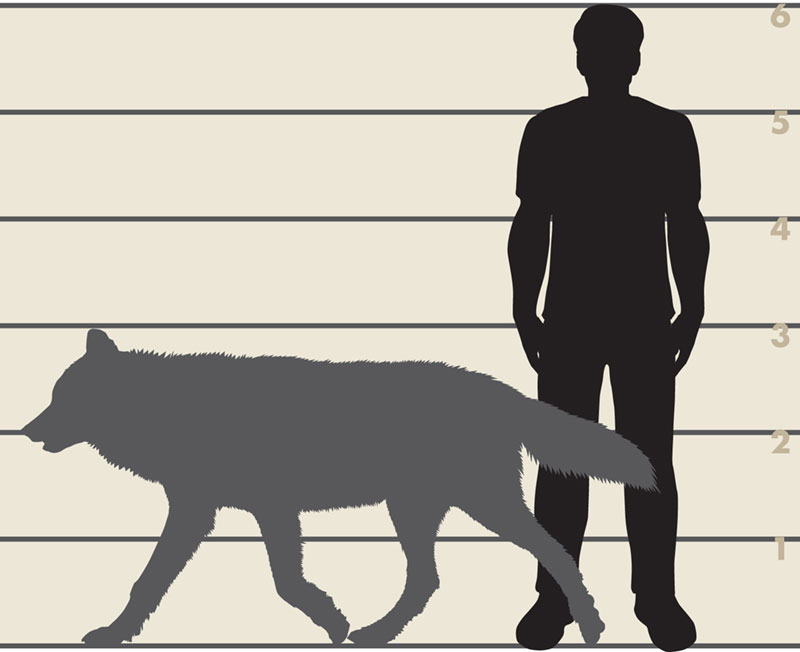
Illustrator: Lynn Smith
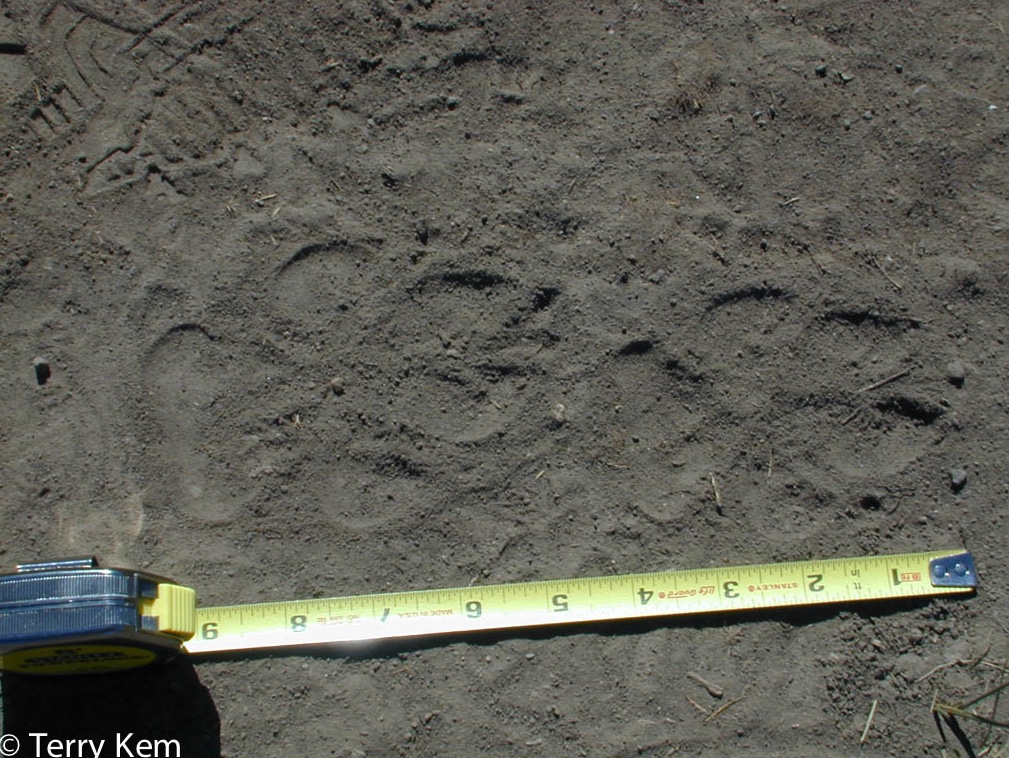
Photo: Terry Kem
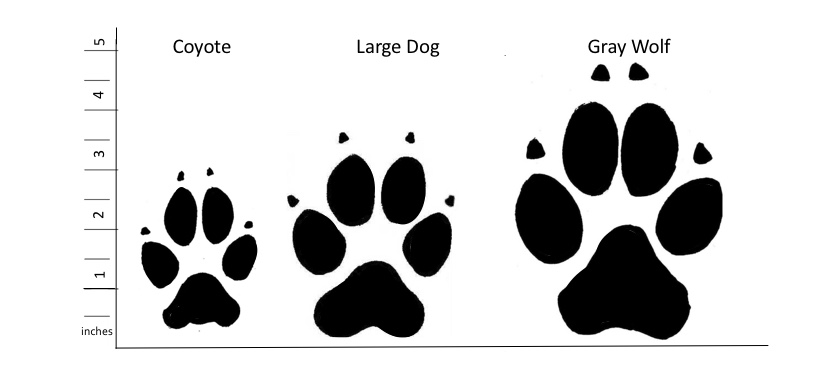
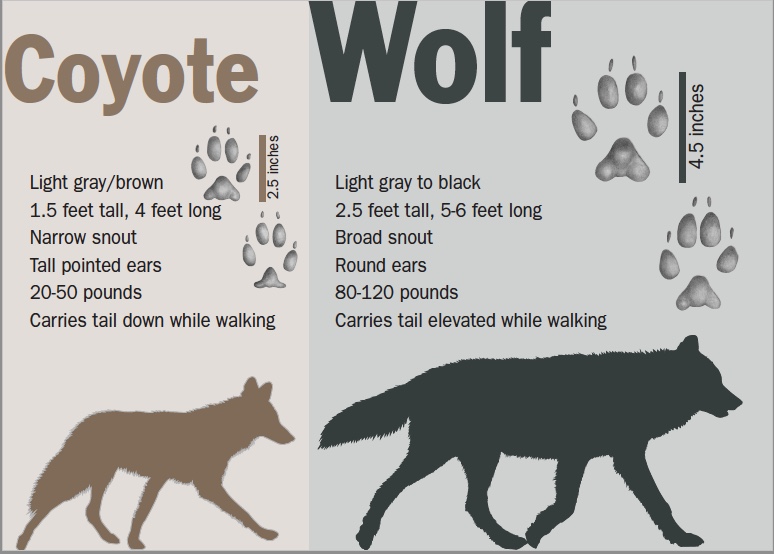
Illustration: Lynn Hawkinson Smith
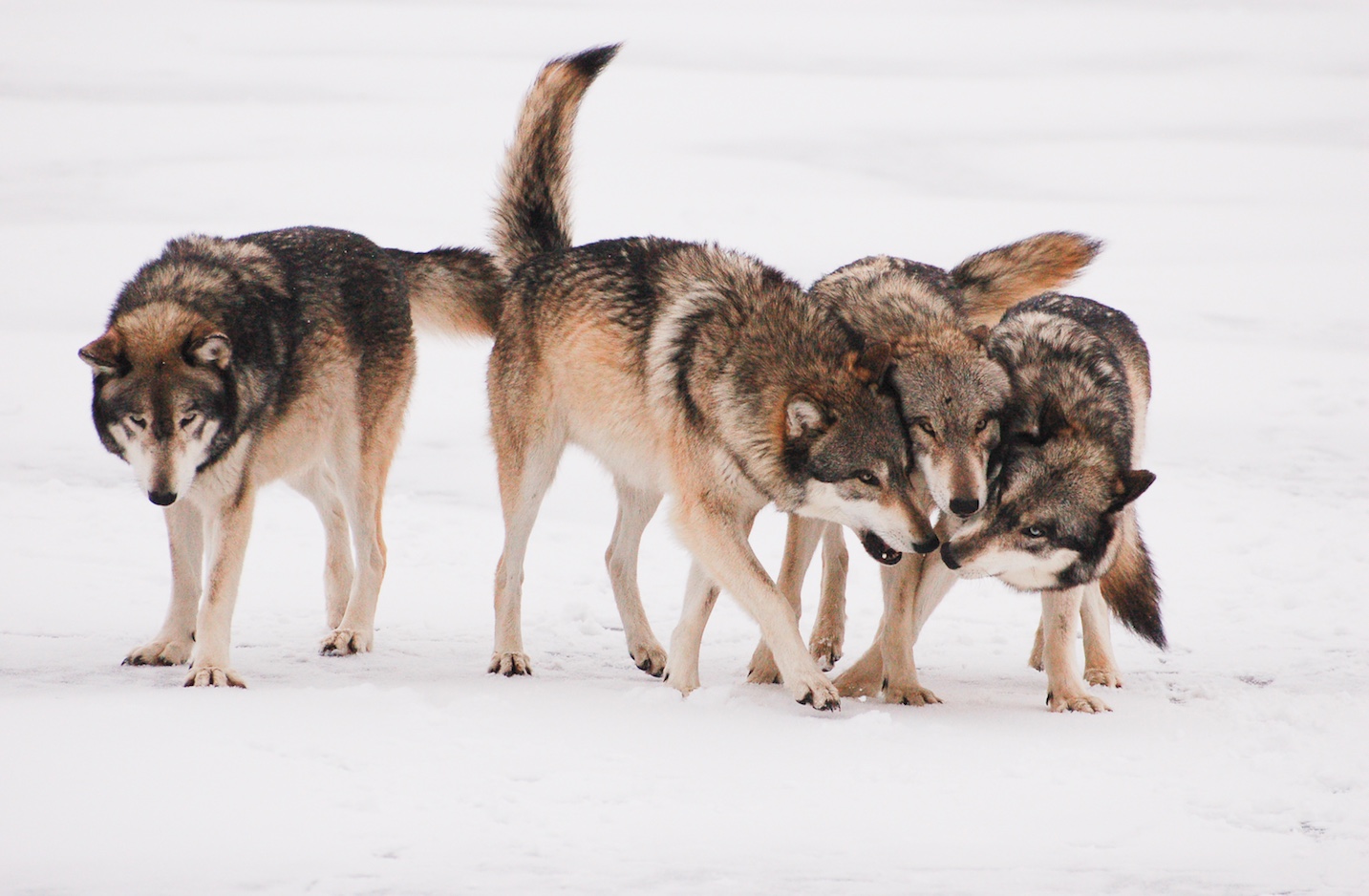
Photo: Sheila Newenham
The Wildlife Illinois website was authorized by the Illinois Department of Natural Resources (IDNR) in partial fulfillment of project W-147-T. The website was developed by the National Great Rivers Research and Education Center, 2wav, and the IDNR in partnership with the United States Department of Agriculture Animal and Plant Health Inspection Service Wildlife Services and University of Illinois Extension to provide research-based information about how to coexist with Illinois wildlife.